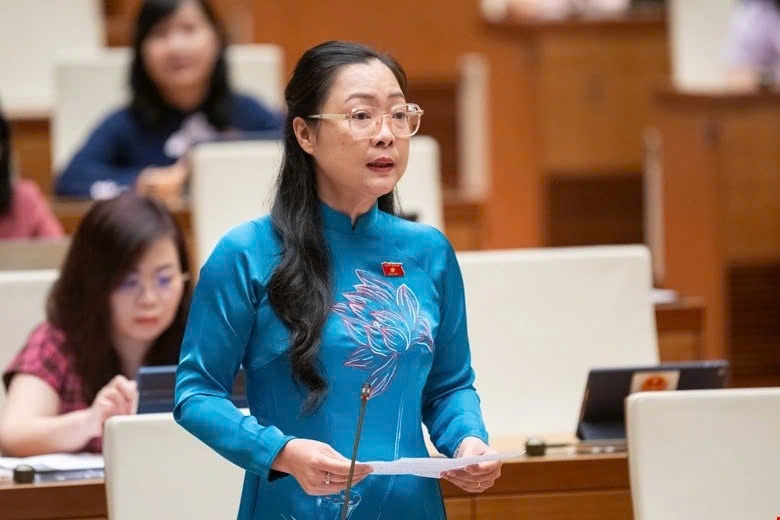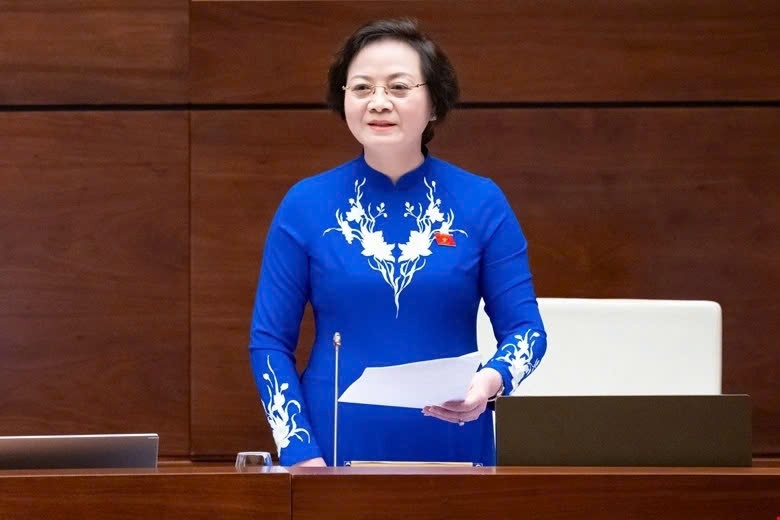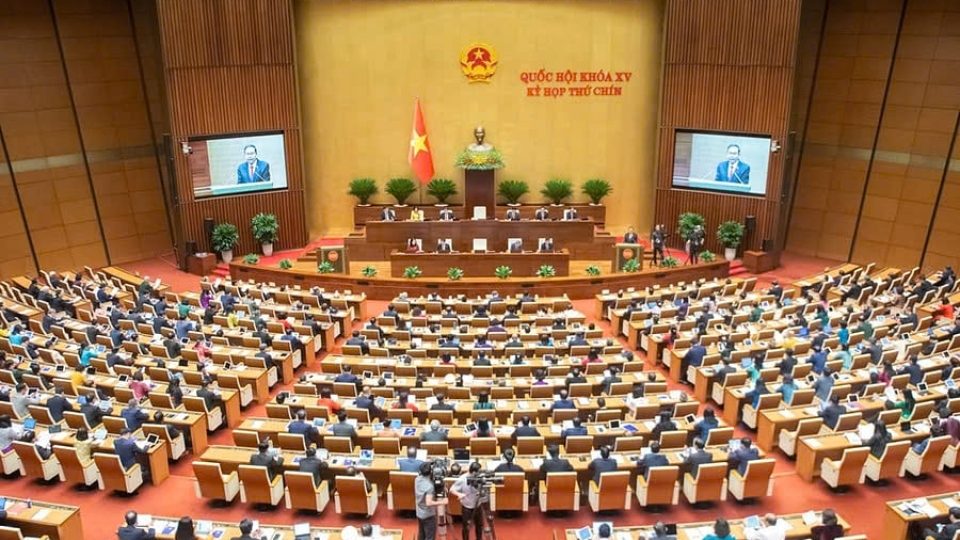Lawmakers agree on two-tier local government model in Vietnam
VOV.VN - Lawmakers have supported a proposal to restructure the local government model from three to two levels in Vietnam during a debate on the amended Law on Organisation of Local Government.

Discussing the amendments at the ongoing session of the National Assembly in Hanoi on May 14, To Van Tam, a National Assembly deputy of Kon Tum province, recalled the Party’s orientations that clearly outline the establishment of a two-tier local government system. The new system will consist of provinces and centrally governed cities, and the grassroots level, including communes, wards, and special zones for islands.
This policy does not reduce the role of state management or social governance, but rather serves as a foundation for streamlining organisational structures, optimising resources, eliminating intermediate levels, and building a government that is closer to and more responsive to the people’s legitimate demands, he stressed.
He proposed changing the wording in the draft law from “organisation of local government at the provincial level, centrally governed cities, and sub-provincial levels” to “organisation of local government at two levels: provincial and grassroots levels.”
National Assembly deputy Tran Thi Thanh Huong of An Giang province strongly supported the fundamental and comprehensive revision of the law, noting that this reform is essential to promptly institutionalise the Party’s guidelines on reorganising administrative units at all levels and transitioning to a two-tier local government structure.
She emphasised the need to clearly define the responsibilities of local authorities, pointing to the fact that the absence of district-level administrations means that many duties and powers are being shifted to the commune level. Alongside the restructuring and expansion of commune-level administrative units, this significantly increases the workload for grassroots governments.
As such, she suggested that provincial authorities take responsibility for monitoring, supervising, and providing timely support or intervention when certain commune-level administrations lack the capacity to effectively carry out their assigned duties and responsibilities.

Sharing their perspective, National Assembly deputy Nguyen Thi Quyen Thanh of Vinh Long province stated that international experience shows many countries such as France, Japan, and Sweden have streamlined and consolidated their administrative units, yielding positive results. In Vietnam, she said, the consolidation of several administrative units nationwide has also been implemented, demonstrating the potential for effective governance even in larger administrative areas.
The elimination of the district-level administration is necessary at this time and this meets the development trends of many advanced countries, she said, citing reports that the majority of officials, Party members, and citizens support this policy.
Taking the floor, Minister of home Affairs Pham Thi Thanh Tra stated that for the first time in nearly 80 years since the founding of the socialist state, the National Assembly will decide to shift the local government model from three to two levels, calling this a historic milestone in Vietnam’s legislative history.

This is a comprehensive institutional and administrative reform with profound transformative significance that reflects a strategic vision and a strong commitment to innovation, enabling the country to firmly step into a new era, emphasised Tra.
According to the Minister, several notable breakthroughs have been achieved, such as shifting from an administrative management mindset to one of governance, innovation, and service; moving from administrative allocation to clear and substantive decentralisation and delegation of authority; and transforming a cumbersome, multi-layered local administrative apparatus into a streamlined system that is closer to the people and better serves them.
Amendments to the law are expected to be approved at the ongoing ninth session of the National Assembly. The Government will then issue a number of guiding decrees to ensure a comprehensive legal framework, allowing the two-tier local government system to officially begin operating from July 1, 2025.
Currently, Vietnam has 63 centrally-run cities and provinces. According to a resolution recently adopted by the Party Central Committee, the number of provincial-level administrative units after the mergers will be 34, including 6 centrally-run cities.
Vietnam will eliminate the district-level administrative units and reduce the number of commune-level units from over 10,000 to approximately 2,500.





